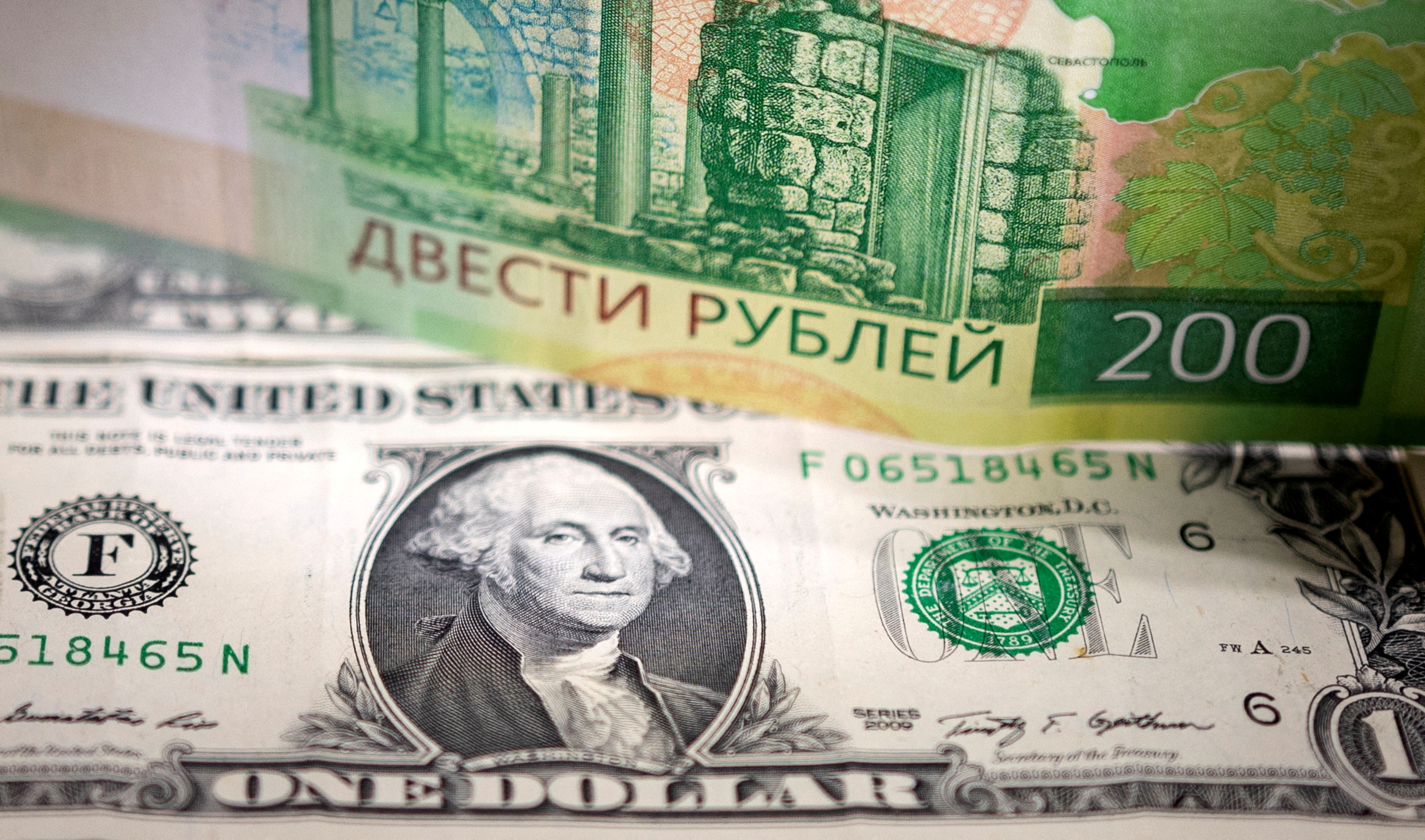The US Dollar to Ruble exchange rate is a key indicator of the economic relationship between the United States and Russia. As two major players on the global stage, fluctuations in their currency exchange rates can have profound implications for international trade, investment, and geopolitical dynamics. In recent years, the USD to RUB exchange rate has experienced notable volatility, influenced by various economic, political, and external factors. This article explores the dynamics of the US Dollar to Ruble exchange rate, delving into its historical context, the driving forces behind fluctuations, and the impact on both nations’ economies.
Historical Context:
To understand the current state of the USD to RUB exchange rate, it’s essential to examine its historical context. The Russian ruble has a turbulent history, marked by periods of hyperinflation and economic instability. Following the collapse of the Soviet Union in 1991, Russia transitioned to a market-oriented economy, leading to significant fluctuations in the ruble’s value against major currencies, including the US Dollar.
During the 1990s, the ruble faced severe devaluation, culminating in the 1998 Russian financial crisis. The exchange rate soared, and the Russian economy experienced a sharp contraction. In response, the Russian government implemented economic reforms and sought assistance from international organizations like the International Monetary Fund (IMF).
Since then, the USD to RUB exchange rate has been subject to various influences, including changes in global oil prices, economic sanctions, and geopolitical tensions.
Driving Forces Behind Fluctuations:
- Oil Prices: One of the primary factors influencing the USD to RUB exchange rate is the price of oil. Russia is a major oil exporter, and its economy is highly dependent on oil revenues. When global oil prices rise, Russia’s economic prospects improve, leading to a strengthened ruble. Conversely, a decline in oil prices can lead to a devaluation of the ruble.
- Geopolitical Tensions: Geopolitical events, such as economic sanctions and political disputes, can significantly impact the exchange rate. For instance, sanctions imposed on Russia by the United States and its allies have contributed to fluctuations in the USD to RUB exchange rate. Any escalation or de-escalation of geopolitical tensions can influence investor confidence and impact currency values.
- Interest Rates: Central banks play a crucial role in determining exchange rates through monetary policy. Changes in interest rates by the US Federal Reserve or the Russian Central Bank can affect the attractiveness of their respective currencies for investors. Higher interest rates in the United States might lead to an appreciation of the US Dollar against the ruble.
- Economic Indicators: Economic indicators, such as GDP growth, inflation rates, and unemployment, also influence currency exchange rates. Positive economic data in either the United States or Russia can attract foreign investment, strengthening the respective currency.
Impact on Economies:
- Export and Import Dynamics: The USD to RUB exchange rate has a direct impact on the trade relationship between the two nations. A weaker ruble makes Russian exports more competitive on the global market, potentially boosting the country’s export-driven industries. Conversely, a stronger ruble can make imports more affordable for Russian consumers and businesses.
- Inflation and Consumer Purchasing Power: Fluctuations in the exchange rate can affect inflation rates in both countries. A depreciating ruble may lead to higher import prices in Russia, contributing to inflation. Conversely, a stronger ruble can help contain inflation but may also impact the purchasing power of Russian consumers who rely on imported goods.
- Investment Climate: The exchange rate plays a crucial role in shaping the investment climate in both the United States and Russia. Investors consider currency stability when making investment decisions. A stable exchange rate fosters confidence, encouraging foreign direct investment (FDI) and portfolio investment.
Conclusion:
The US Dollar to Ruble exchange rate is a multifaceted economic indicator influenced by various factors, including global oil prices, geopolitical tensions, interest rates, and economic indicators. The dynamics of this exchange rate have far-reaching consequences for the economies of both nations, impacting trade, investment, and inflation rates.
As the global economic landscape continues to evolve, monitoring the USD to RUB exchange rate remains essential for policymakers, businesses, and investors seeking to navigate the intricacies of the US-Russian economic relationship. The ongoing interplay of geopolitical events and economic forces will undoubtedly continue to shape the trajectory of this critical exchange rate in the years to come.

